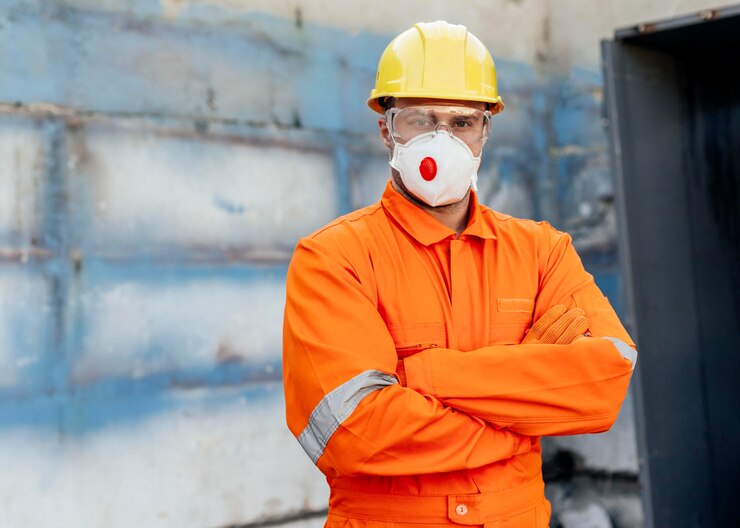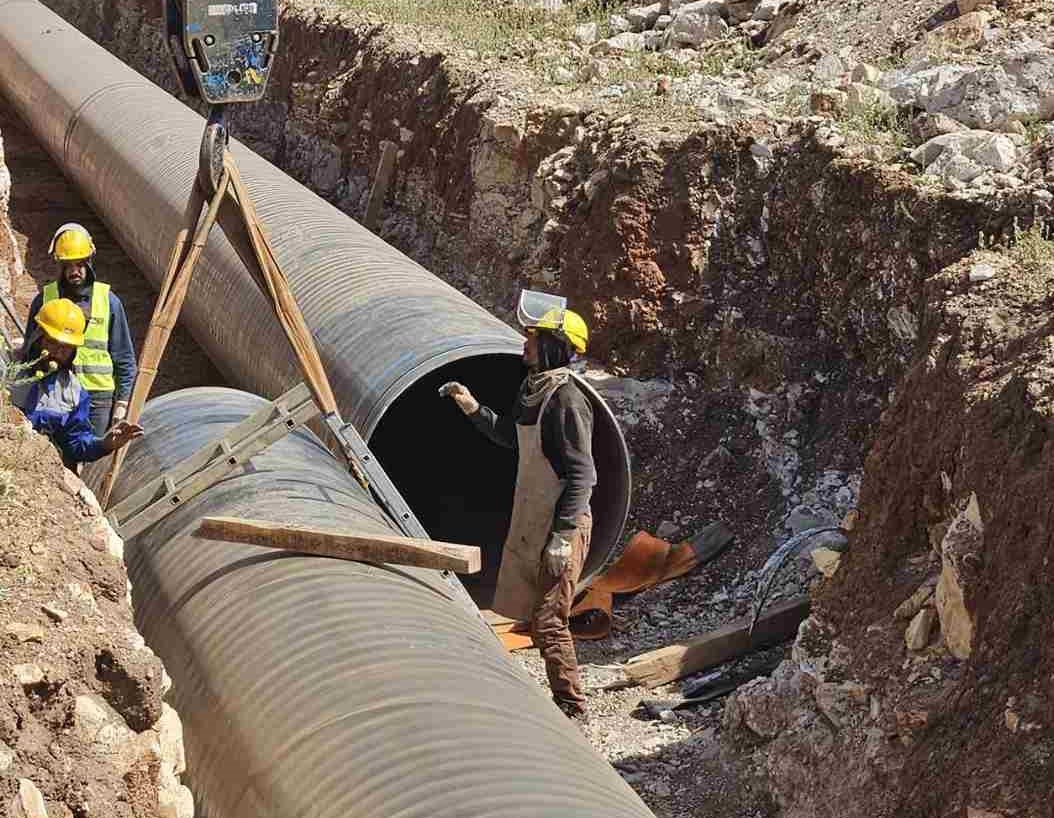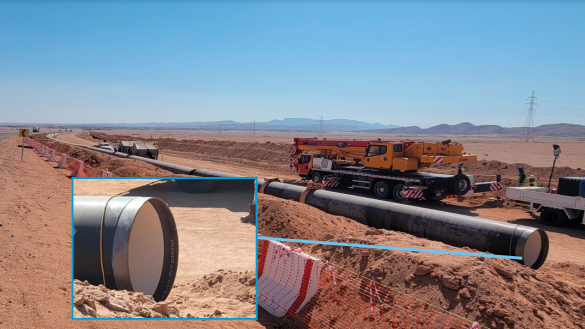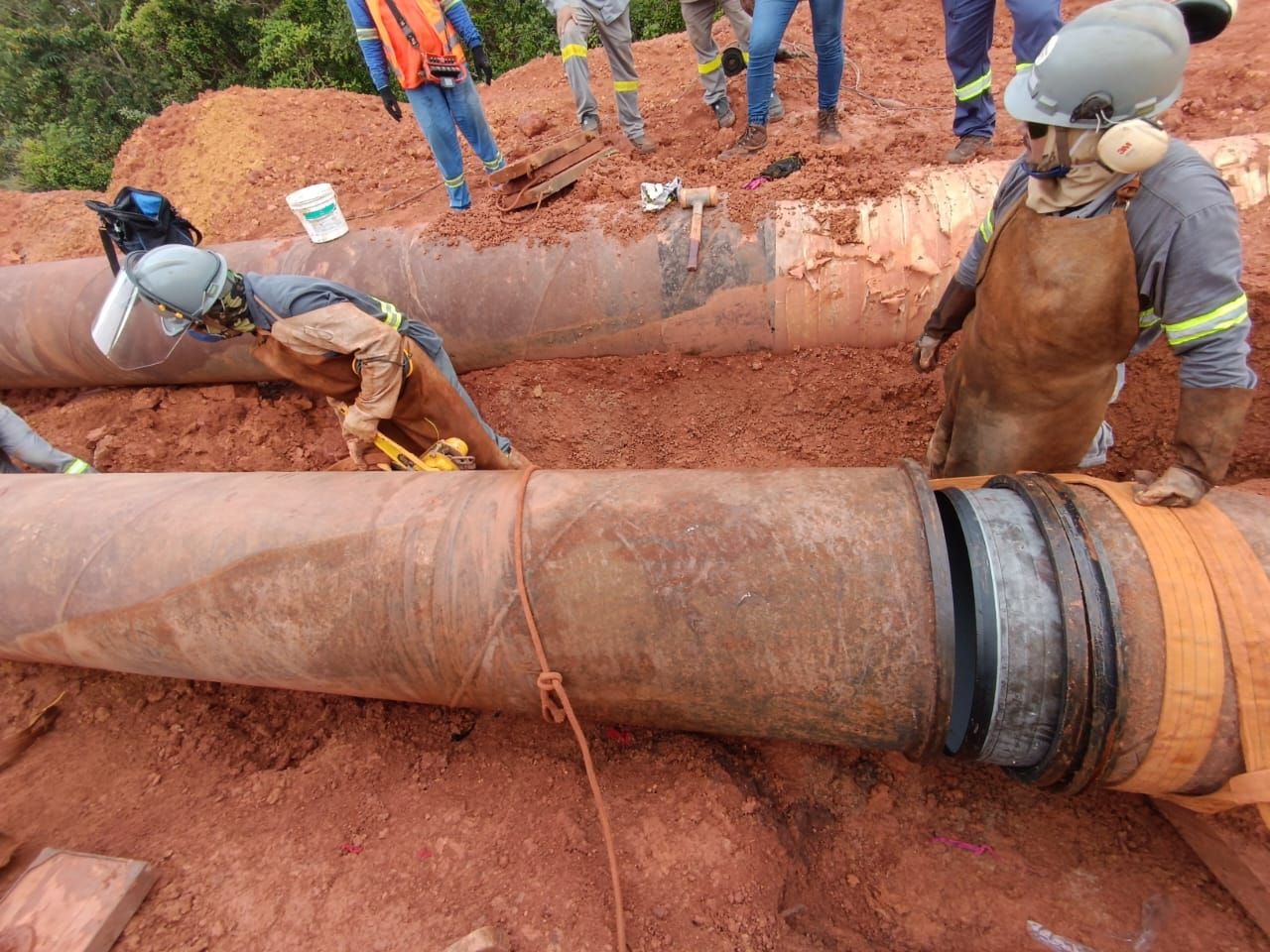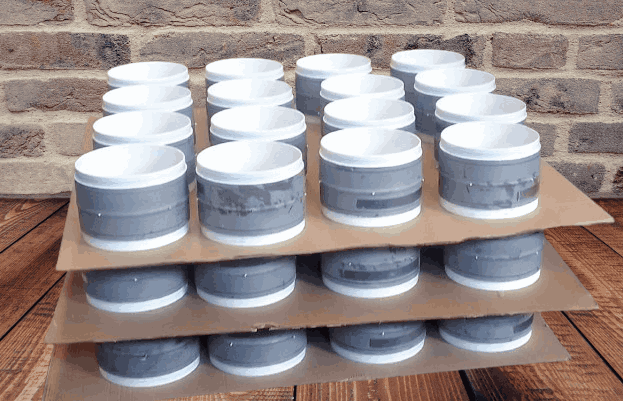Cathodic protection is an essential method used to safeguard various types of infrastructure from corrosion. Whether it’s pipelines, storage tanks, or bridges, it plays a crucial role in extending the lifespan of these structures and ensuring their safe operation. In this comprehensive guide by LPS, we’ll explore the fundamentals of cathodic protection, its different techniques, applications, and the benefits it offers to infrastructure integrity.
Understanding Cathodic Protection (CP)
CP is a corrosion control technique used to prevent metal deterioration by making it the cathode of an electrochemical cell. By applying a direct current to the metal surface, this protection counteracts the natural tendency for metals to corrode when exposed to certain environments, such as soil or water. This process effectively reduces the corrosion rate, prolonging the lifespan of the protected structure.
Types of Cathodic Protection
There are two primary types of CP: galvanic (or sacrificial) and impressed current.
Galvanic
Passive CP involves attaching a galvanic anode, typically made of zinc, magnesium, or aluminum, to a metal surface, such as steel, that needs protection from corrosion. The anode, being more “active” than the metal surface, releases electrons to prevent corrosion.
This process restores the natural protective environment of the metal by creating a high initial current, which then decreases over time. The anode continues to corrode gradually, providing protection for around 10-20 years.
Unlike impressed current cathodic protection systems, passive systems focus on restoring the environment rather than the constant polarization of the target structure. The choice of anode material depends on its electrode potential compared to the metal to be protected.
Impressed Current
Impressed Current Cathodic Protection (ICCP) systems are a type of corrosion prevention method used for protecting infrastructure like pipelines. These systems consist of anodes connected to a power source, usually a transformer-rectifier linked to AC power.
Anodes come in different shapes and materials, including tubular and solid rod shapes made from materials like graphite or mixed metal oxide. The transformer-rectifier unit is a crucial component of ICCP systems, custom-made with features like remote monitoring and current control. It’s connected to the structure needing protection, with the output cable going to the anodes.
The system’s output is adjusted to ensure sufficient current for protection, with some units having voltage adjustment options. Analog or digital meters display operating voltages and current output, making monitoring easier. Large structures may have multiple zones with separate circuits for better protection.
Read More: ‘How to Prevent Corrosion in Water Pipes?’
Applications of Cathodic Protection
This protection is widely used across various industries and infrastructure sectors. Some of them are shared below.
Hot Water Tanks/Water Heaters
In hot water tanks and water heaters, manufacturers employ cathodic protection to inhibit internal corrosion and extend the lifespan of the tanks. They utilize special anodes composed of titanium with MMO coatings to generate electric currents, effectively preventing rust formation within the tanks.
Pipelines
Pipelines transporting hazardous materials are shielded against corrosion using cathodic protection. Anodes buried in the ground generate electric currents that counteract rust formation on the pipeline surfaces, ensuring their structural integrity and longevity.
Ships and Boats
Ships and boats utilize cathodic protection systems to safeguard their hulls from corrosion in seawater environments. Galvanic anodes are commonly affixed to the hull’s exterior, while larger vessels may employ impressed current cathodic-protection systems for enhanced corrosion prevention.
Marine
Marine structures such as jetties and offshore platforms rely on cathodic protection to combat corrosion caused by exposure to seawater. This technique involves installing anodes to create electric currents that protect submerged metal surfaces from deterioration.
Steel in Concrete
During construction, engineers strategically place anodes within concrete structures like bridges and buildings to apply cathodic protection. This utilizes electric currents to mitigate corrosion and prolong the structure’s lifespan.
Galvanized Steel
Galvanized steel undergoes a process where it is coated with zinc to prevent corrosion. This protective layer acts as a sacrificial anode, shielding the underlying steel from rust and degradation in various environments.
Automobiles
Certain electronic devices claim to prevent automotive corrosion, though their effectiveness remains debated. Some devices, when scientifically validated, demonstrate the ability to provide cathodic protection and slow down rust formation on vehicle surfaces. Further research is ongoing to understand their mechanisms fully.
Benefits of Cathodic Protection
The implementation of cathodic protection offers several benefits to infrastructure owners and operators. Firstly, it helps to extend the service life of structures, reducing maintenance costs and the need for frequent repairs. Additionally, such protection enhances safety by minimizing the risk of catastrophic failures due to corrosion-related damage. Moreover, it contributes to environmental protection by preventing leaks and spills that could harm ecosystems.
Advanced Techniques and Innovations
In recent years, advancements in cathodic protection technology have led to the development of innovative techniques and materials. For example, remote monitoring systems allow operators to continuously monitor the effectiveness of cathodic-protection systems, enabling proactive maintenance and troubleshooting. Additionally, new materials, such as conductive polymers, offer enhanced corrosion resistance and durability, further improving the efficacy of cathodic protection.
Challenges and Considerations
While cathodic protection is highly effective, it is not without its challenges and considerations. Proper design, installation, and maintenance are critical to ensuring the long-term effectiveness of such protection systems. During the design phase, engineers must carefully evaluate factors such as soil resistivity, coating quality, and current distribution. Additionally, environmental factors, such as temperature fluctuations and soil composition, can impact the performance of such protection systems.
Future Outlook
As infrastructure continues to age and new materials and technologies emerge, the role of cathodic protection will remain essential in preserving the integrity of critical assets. Ongoing research and development efforts aim to further enhance the effectiveness and efficiency of such protection systems, ensuring the continued safety and reliability of infrastructure worldwide.
Conclusion
In conclusion, cathodic protection is a vital tool for safeguarding infrastructure from corrosion-related damage. By understanding the principles, applications, and benefits of such protection, infrastructure owners and operators can make informed decisions to protect their assets and ensure their long-term performance and safety. With ongoing advancements in technology and materials, the future of such protection looks promising, offering even greater protection for critical infrastructure around the globe.

